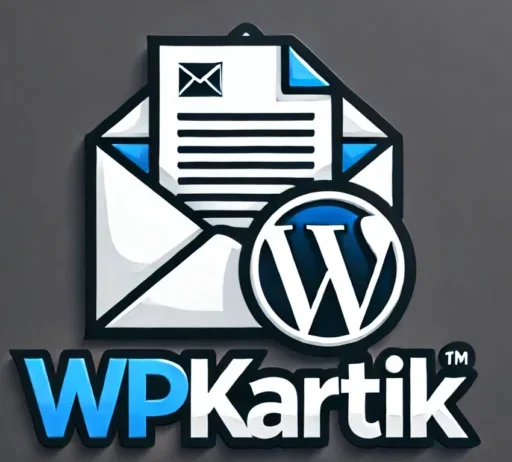Last updated on April 20th, 2025 at
Many email marketers recommended Mailchimp to me as it’s one of the biggest names in the game. I gave it a try, but honestly, it felt too advanced for my needs.
As a blogger and someone running a small eCommerce store, I found myself paying for features that I didn’t really need or use. It was overwhelming, and I realized I was spending money on things that didn’t help me grow my business.
That’s when I discovered MailerLite. It had the simplicity I was looking for, with all the right features to help me without burning a hole in my pocket. No unnecessary extras, just exactly what I needed to get started and keep growing.
In this MailerLite vs Mailchimp post, I’m not here to declare a “winner” between Mailchimp and MailerLite. Both tools are great in their own ways. My goal is to help you decide which one fits your needs better. Whether you’re just starting out or looking for specific features, it all comes down to what you really need.
Let’s dive into the comparison and see which tool works best for you! 👇
First Impressions: Meet MailerLite & Mailchimp
What is MailerLite?

MailerLite is the go-to tool for small businesses and beginners.
It’s super easy to use, so you won’t need to waste time learning complicated settings. It’s also affordable, with all the essential features you need: email automation, ready-to-use templates, and landing pages—without paying for things you don’t need. 💸
Whether you’re starting an email list or growing your business, MailerLite helps you get things done quickly and effectively, without the stress or high cost. It’s a simple solution that works! 👍
What is Mailchimp?
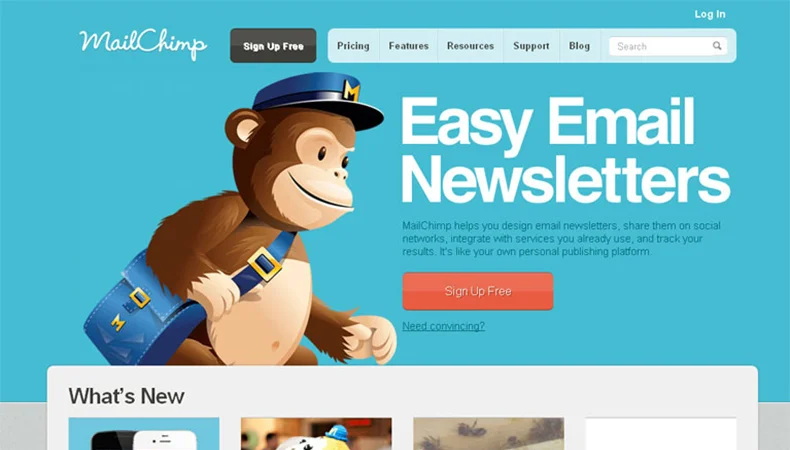
Mailchimp is a well-established tool trusted by many businesses.
It’s packed with features like advanced reporting, A/B testing, and automation, making it perfect for larger businesses or those looking for more flexibility. If you need to run complex campaigns or manage a big email list, Mailchimp has everything you need to scale up and grow. 📈
Email Editor: Crafting Your Perfect Message
💬 Who win For Email Editor:
Mailchimp

Mailchimp’s drag-and-drop editor offers lots of customization options. You can easily add text, images, buttons, and even social media links to your emails. One of its standout features is the content studio, where you can save your images, files, and designs for later use.
It also gives you advanced design options, like adding custom code for extra tweaks and A/B testing to optimize your campaigns. This is great for marketers who need detailed tracking and testing features. However, all these options can make the editor feel a little more complicated, especially if you’re just starting out or need something quick and simple.
MailerLite

MailerLite’s drag-and-drop editor is incredibly user-friendly, making it perfect for beginners. You can quickly add text, images, buttons, and other elements to your emails without a learning curve. The email templates are clean, mobile-friendly, and customizable, making it easy to create professional-looking emails without extra hassle.
While it’s simpler than Mailchimp, MailerLite still offers some advanced features like automation workflows and the ability to use custom HTML if you want to get creative. Plus, you can save time with reusable content blocks, so you don’t have to redesign the same sections over and over again.
Design and Flexibility
💬 Who win For Design and Flexibility:
Mailchimp is best if you want lots of design options. MailerLite is perfect if you prefer a simple and easy-to-use tool.
Mailchimp

Mailchimp gives you lots of templates (ready-made designs) to choose from. Once you pick one, you can change colors, fonts, and add pictures to make the email look just the way you want. If you’re comfortable with it, you can even use HTML code to make things more detailed and customized. However, it can feel a little complicated if you’re a beginner, especially with all the extra options available.
Best for:
People who want lots of design freedom and are okay with spending time setting things up.
Marketers who need more complex features for detailed designs.
Not so good for:
Beginners who want a quick and easy design process without all the complicated options.
MailerLite
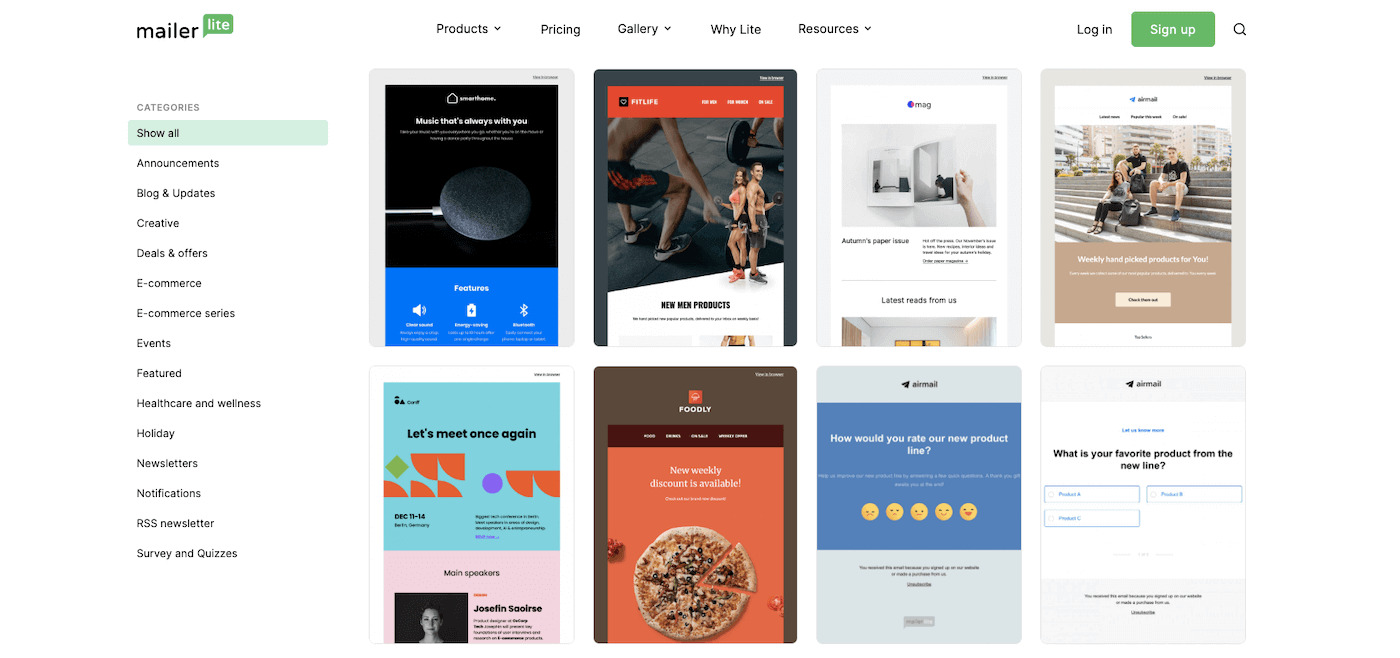
MailerLite is super simple to use. You’ll find easy-to-edit templates that work great on both phones and computers. You can quickly change things like colors and fonts to make your email look nice, and you’re done in no time. If you need more control, you can even use HTML code, but most people won’t need that.
Best for:
Beginners or small business owners who want to make clean, professional emails without much effort.
Those who need simplicity and speed.
Not so good for:
People who need a lot of advanced design options or want to customize every detail.
Forms and Landing pages
💬 Who win For Forms and Landing pages:
Mailchimp
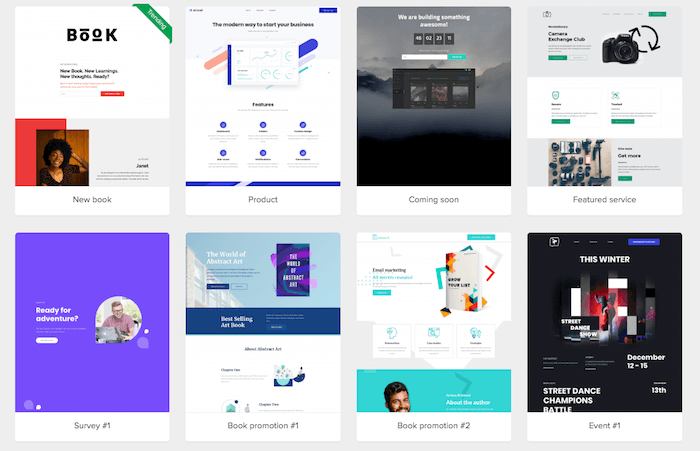
Mailchimp allows you to create forms and landing pages to collect email subscribers easily. You can customize them with a variety of templates and design options, but the process can be a bit tricky if you’re new. It also has more advanced features like integrating with other tools and A/B testing for landing page optimization.
Best for:
Businesses that need more advanced forms and landing pages with lots of customization options.
Those who want integrations with other platforms.
Not for:
Beginners who want something easy and fast to set up.
MailerLite
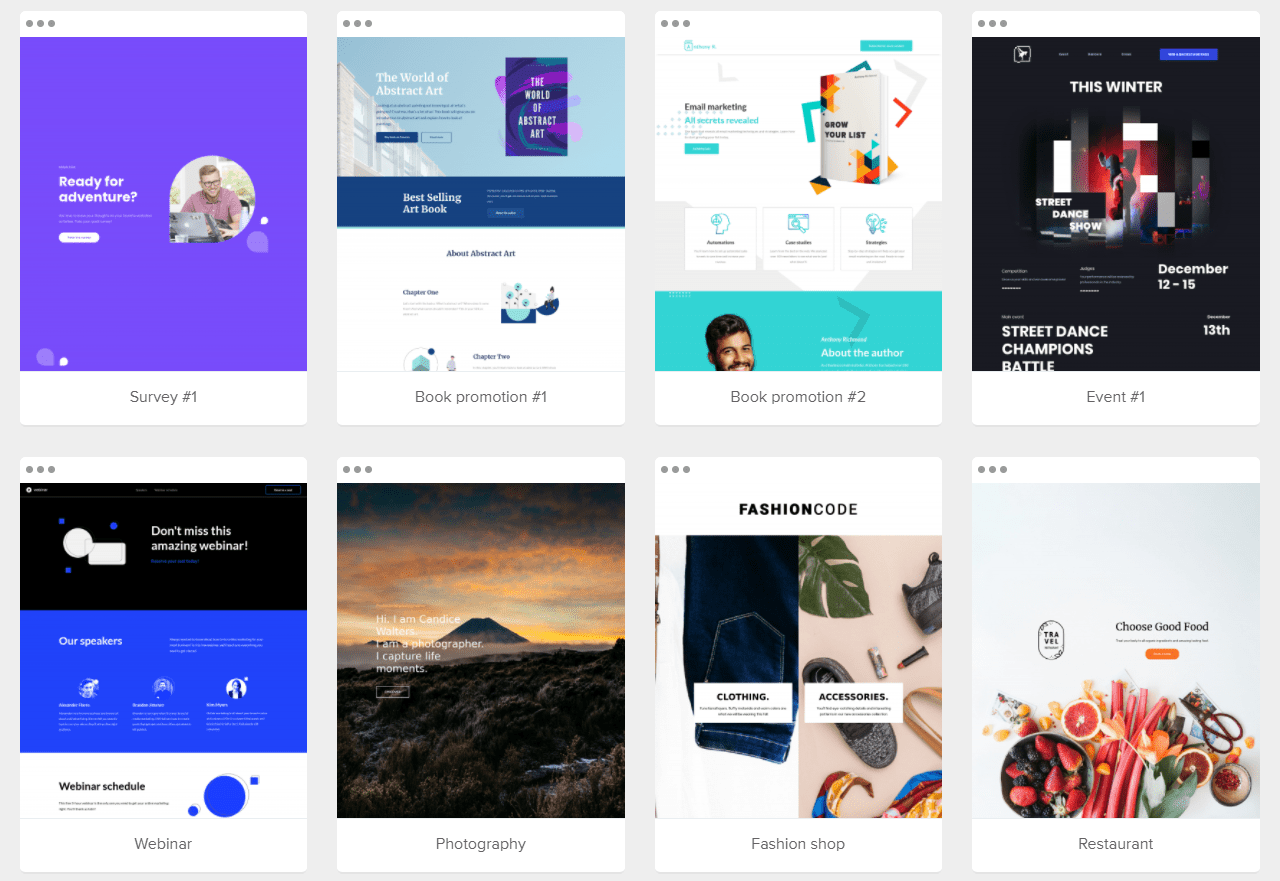
MailerLite makes creating forms and landing pages simple. The drag-and-drop builder is easy to use, and you can choose from clean, responsive templates. It’s a great option if you’re looking for a straightforward way to capture leads without dealing with complex setups.
Best for:
Small businesses or beginners who want simple, easy-to-create forms and landing pages.
People looking for an affordable, no-fuss solution.
Not for:
Those who need advanced features like detailed customization or A/B testing.
Lists and Segmentation
💬 Who win For Lists and Segmentation:
Mailchimp

Mailchimp offers powerful list management tools. You can segment your audience into different groups based on actions like opens, clicks, and sign-ups. It’s perfect for businesses that want to send highly targeted campaigns. You can even create audiences based on certain behaviors or interests. However, managing all of this can be a bit complicated for beginners.
Best for:
Businesses or marketers who need advanced segmentation to target specific groups of people.
Those with larger email lists and detailed audience needs.
Not for:
Beginners who want a simpler way to manage their audience.
MailerLite

MailerLite has simpler segmentation tools. You can create lists based on basic info like subscriber behavior, tags, or interest groups. It’s straightforward and easy to use, making it great for small businesses or people just starting with email marketing. While it doesn’t have as many advanced features as Mailchimp, it covers the basics well and helps you target your audience effectively.
Best for:
Beginners or small businesses who need basic segmentation.
People who want simple, easy-to-manage lists.
Not for:
Those who need advanced targeting and complex segmentation.
Email Automations
💬 Who win For Email Automations:
Mailchimp

Mailchimp offers powerful automation tools that let you create complex workflows, like welcome emails, follow-ups, and re-engagement campaigns. You can set triggers based on actions your subscribers take (like opening an email or clicking a link), and the tool will automatically send them the right email at the right time. While this is great for advanced users, it can be tricky for beginners to set up.
Best for:
Businesses or marketers who need advanced automations with many different triggers and actions.
Those looking to create highly personalized email journeys.
Not for:
Beginners who want something simple and quick to set up.
MailerLite

MailerLite provides easy-to-use automations with a drag-and-drop workflow editor. You can set up simple automations like welcome emails, birthday emails, and subscriber follow-ups. It’s perfect for beginners or small businesses who want to automate their emails without getting overwhelmed by too many features. While it doesn’t have as many advanced options as Mailchimp, it covers the basics very well.
Best for:
Beginners or small businesses who need easy, simple automations.
Those who want to automate their emails without too much setup.
Not for:
Those who need advanced automation features or highly customized email journeys.
Reports: Measuring Your Success
💬 Who win For Reports:
Mailchimp
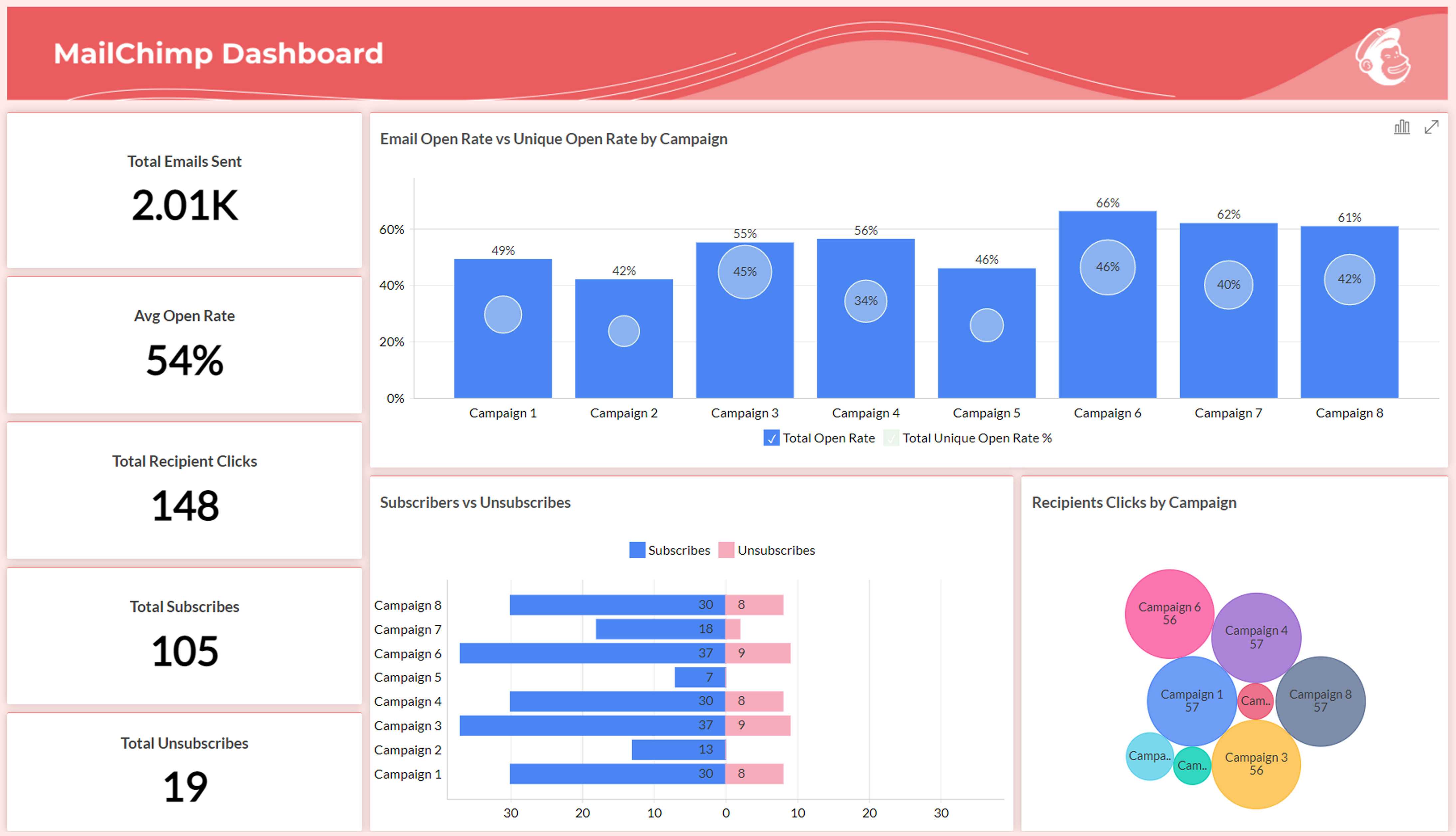
Mailchimp provides in-depth reports that show you how your emails are performing. You can see detailed metrics like open rates, click rates, and even track ROI (return on investment) for each campaign. You can also set up A/B tests to compare different versions of your emails. This makes it great for businesses that need detailed insights, but it might be overwhelming for beginners.
Best for:
Businesses or marketers who need advanced reporting and detailed analytics.
Those looking to track specific behaviors and test email performance.
Not for:
Beginners who just need simple reports and don’t need all the data.
MailerLite
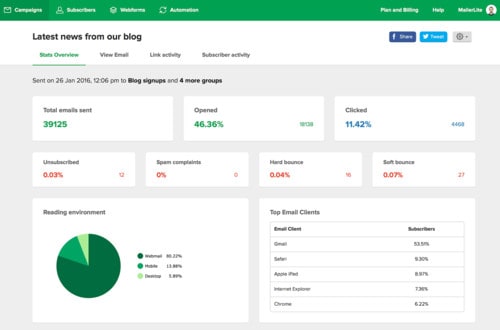
MailerLite provides simple and easy-to-understand reports. You can track important stats like open rates, click-through rates, and unsubscribes, but it doesn’t offer the same depth as Mailchimp. The reports are great for small businesses and beginners who just want to check basic performance without getting lost in too many details.
Best for:
Small businesses or beginners who want simple reports without getting overwhelmed.
Those who don’t need advanced analytics.
Not for:
People who need advanced tracking or detailed insights.
Deliverability: Do Your Emails Actually Reach People?
💬 Who win For Deliverability:
Mailchimp
Mailchimp is well-known for good deliverability. It uses solid systems to make sure your emails don’t end up in spam. In the latest EmailToolTester deliverability test, Mailchimp scored an average deliverability rate of 91.18%, with strong inbox placement across Gmail, Outlook, Yahoo, and more.
📨 MailerLite
MailerLite also performs great when it comes to reaching inboxes. In the latest EmailToolTester test, it had an excellent 97% deliverability rate to Gmail, landing mostly in the Primary tab, which is where you want your emails to go.
Pricing
💬 Who win For Pricing:
MailerLite
MailerLite is one of the most affordable email marketing tools out there — and that’s a big deal when you’re trying to grow without burning your wallet.
They offer a free plan for up to 1,000 subscribers and let you send 12,000 emails per month, which is more than enough if you’re just starting. And even on the free plan, you get access to helpful features like automation, landing pages, and 24/7 customer support (yep, even for free users — which is rare).
Once you grow beyond 1,000 subscribers, their paid plans start at around $9/month, and pricing stays reasonable as your list grows.
Free Plan: $0/mo – 1,000 subs, 12,000 emails/month
Growing Business Plan: Starts around $10/month (with more features like automation and templates)
Advanced Plan: More tools and support — perfect if your business is growing fast
Perfect for:
👉 Bloggers, creators, small business owners, or anyone who wants solid features without spending a lot.
📧 Mailchimp
Mailchimp is one of the biggest names in email marketing — and with that comes a bit of a price tag.
Their free plan gives you up to 500 subscribers and 1,000 emails per month, which is enough for testing things out. But it’s more limited compared to MailerLite, especially because you don’t get email support on the free plan. If you run into issues, you’re mostly on your own.
Paid plans start at about $13/month for just 500 subscribers. As your list gets bigger or you need features like A/B testing or advanced automation, the cost jumps pretty quickly.
Free Plan: $0/mo – 500 contacts, 1,000 emails/month
Essentials Plan: Starts at $13/month for 500 contacts
Standard Plan: About $20/month with extra features like automation
Premium Plan: For big teams — starts at $350+/month
Best for:
👉 Businesses that need advanced tools and have the budget to grow with Mailchimp over time.
🧐 So, Which One Should You Choose?
Let’s keep it simple:
👉 Choose MailerLite if you’re a beginner, blogger, or small business owner who wants a clean, easy-to-use tool with all the core features (like automations, landing pages, and reports) — without paying a lot. Its generous free plan and smooth user experience make it a no-brainer for anyone just starting out or working with a tight budget.
👉 Choose Mailchimp if you’re a growing or mid-sized business that needs advanced features, deeper analytics, and more control over complex email campaigns. It’s more powerful — but also more expensive — and best for users who already have some experience with email marketing tools.
✅ Final Tip:
Both tools are great. There’s no one-size-fits-all winner here. It really comes down to your needs, budget, and experience level. Think about what matters most to you:
Want something simple and affordable? → Go with MailerLite.
Need more power and flexibility? → Try Mailchimp.
